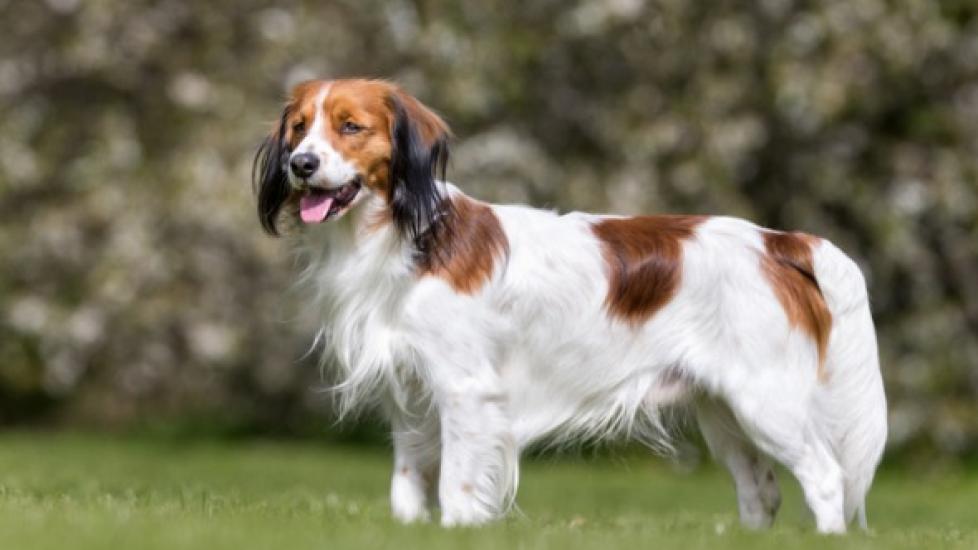Breed Introduction – Nederlandse Kooikerhondje
The Nederlandse Kooikerhondje is a small spaniel-type breed that originated in the Netherlands for use as waterfowl decoys. Known for its fox-like appearance and merry disposition, this breed has become increasingly popular due to its friendly nature and intelligence. Below are some key characteristics of the Nederlandse Kooikerhondje:
-
Lifespan: The average lifespan of a Nederlandse Kooikerhondje is around 12 to 15 years with proper care.
-
Coat Length: This breed boasts a medium-length double coat that requires regular grooming to prevent matting and tangles. It is dense and water-resistant, which helps protect against cold temperatures when working near water.
-
Alias(es): Sometimes referred to simply as “Kooiker” or “Kooikerhondje,” these dogs have also been known by other names such as Dutch Decoy Dog, Duck Creeker, and Decoy Spaniel.
-
Height: They typically stand between 9 inches (23 cm) and 14 inches (36 cm) at the shoulder, making them ideal companions for apartment dwellers or those who prefer smaller dogs.
-
Place of Origin: As mentioned earlier, they come from the Netherlands where they were used to lure ducks into traps during hunting expeditions.
-
Body Size: These sprightly dogs weigh anywhere from 8 pounds (3.6 kg) on the lighter side up to about 17 pounds (7.7 kg) fully grown, depending on their gender and activity levels.
-
Shedding Level: While not heavy shedders, Kooikerhondjes do shed moderately year-round with heavier seasonal shedding periods that require extra brushing to keep hair under control.
-
Trainability: Highly intelligent and eager to please, the Nederlandse Kooikerhondje responds well to positive reinforcement training methods. They enjoy learning new commands and tasks but can be independent thinkers, so patience and consistency are essential.
Overall, the Nederlandse Kooikerhondje makes an excellent choice for active families looking for a loyal companion with plenty of personality. Their adaptable nature allows them to thrive both in rural areas and urban environments provided they get enough exercise and mental stimulation.
